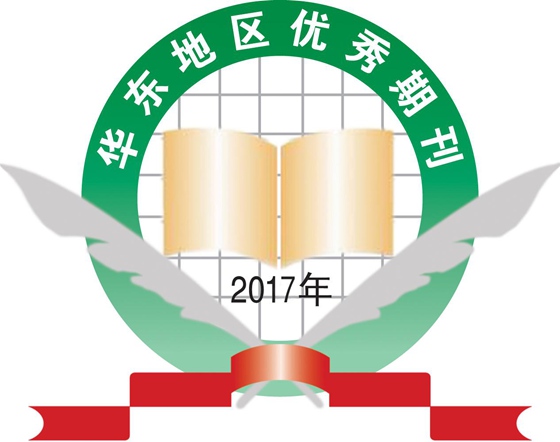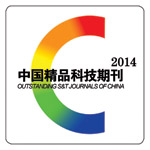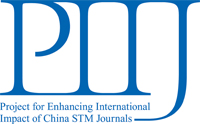Objective: In the present study, the efficacy of Naoxintong capsule (NXT), a compound Chinese herbal medicine, combined with dual antiplatelet therapy (DA) in a rat model of coronary microembolization (CME) was evaluated.
Methods: CME in rats was developed by injecting a suspension of microthrombotic particles into the left ventricle when the ascending aorta was obstructed. Microthrombotic particles were generated from the clots of rats sized by filtration through a screen (aperture diameter, 38 μm). A total of 95 rats were randomly divided into six groups, including control group, sham-operation (sham) group, CME model (CME) group, and NXT, DA, and NDA (NXT plus DA) groups. Rats in treatment groups were administered intragastrically with NXT, DA, and NDA, respectively, from 3 d before to 7 d after operation. All rats were sacrificed on day 7 post-operationally, and samples of blood and heart were collected. The complete data of 69 rats were obtained. The incidence of CME (CME%) was evaluated by hematoxylin-eosin staining. Bleeding time (BT) and clotting time (CT) were measured by means of tail cutting and glass slide methods, respectively. Adenosine diphosphate-induced maximum platelet aggregation rate (PAR) was assessed with turbidimetry. Platelet counts were examined by an automated hematology analyzer. The levels of serum P-selectin, interleukin (IL)-6, IL-10, endothelin (ET-1) and endothelial nitric oxide synthase (eNOS) were all detected by enzyme-linked immunosorbent assay.
Results: Compared with control and sham groups, CME group had an increase in CME%, PAR, P-selectin, IL-6 and ET-1 (P<0.01, P<0.01), and a decrease in BT, CT, IL-10 and eNOS (P<0.01, P<0.01); compared with CME group, the groups receiving medications had an increase in BT, CT, IL-10 and eNOS (P<0.05 or P<0.01), and a decrease in CME%, PAR, P-selectin, IL-6 and ET-1 (P<0.05 or P<0.01), with DA group increasing most in BT and CT and decreasing most in PAR and P-selectin, and with NDA group increasing most in IL-10 and eNOS and decreasing most in CME%, IL-6 and ET-1. In terms of platelet counts, there was no statistically significant difference among groups (P>0.05).
Conclusion: NXT combined with DA can decrease CME%. The probable mechanism is that this therapy can appropriately inhibit platelet aggregation, balance the pro- and anti-inflammatory cytokines as well as serum ET-1 and eNOS. This therapy can also reduce risk of intraoperative bleeding during DA therapy.
 Table of Content
Table of Content














